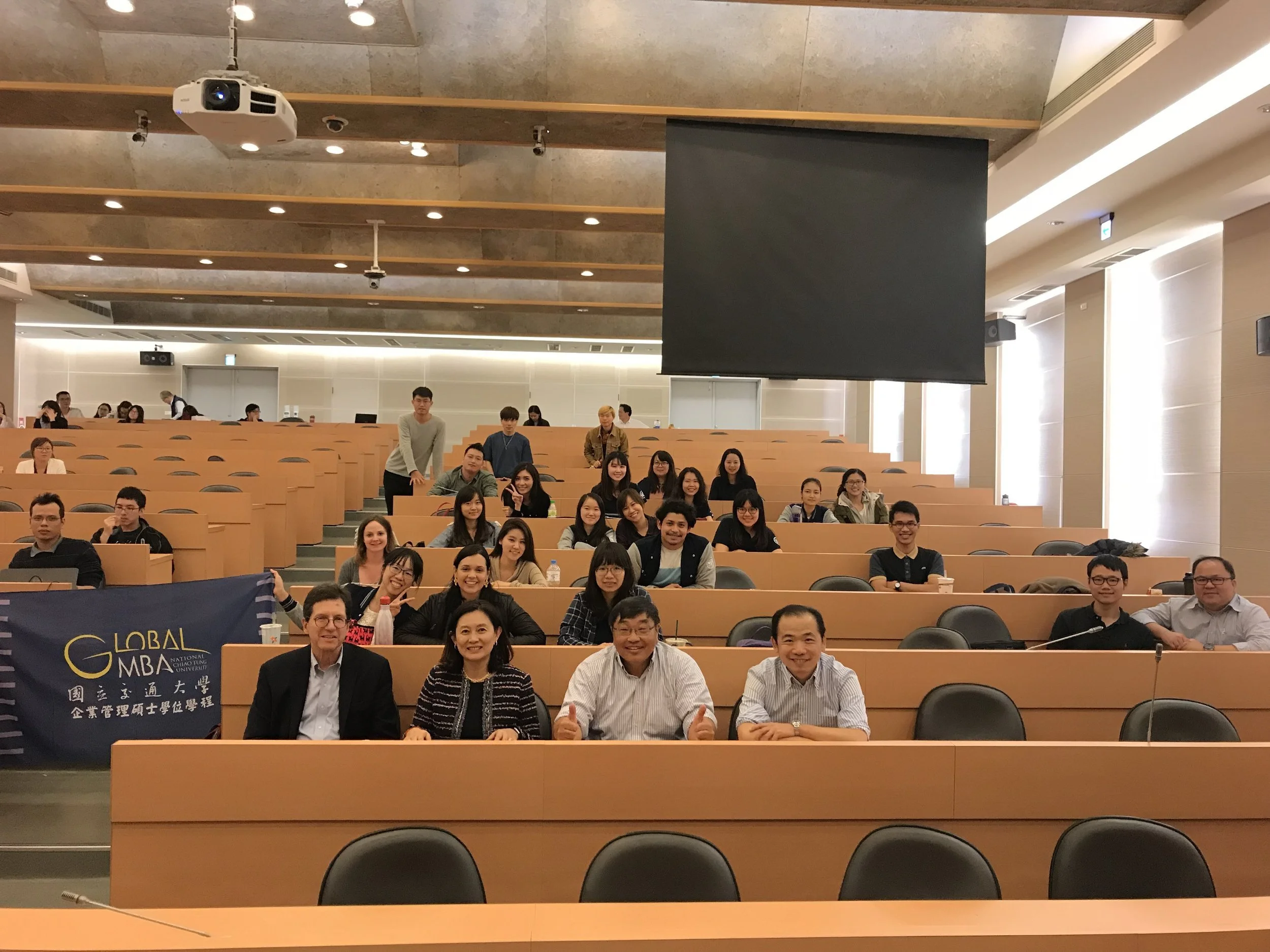Taiwan and the High Income Trap
After decades of impressive growth, economies such as South Korea, Taiwan, Singapore, Hong Kong and Japan reached high income status nearly three decades ago. While they were able to avoid the middle-income trap by relying on more highly-valued exports, they have begun to exhibit symptoms like slower growth, wage stagnation, increasing inequality, an aging population, unsustainable entitlements, inflated housing costs and over-regulated markets. Today Taiwan is caught in two related problems that are also creating dilemmas for other advanced economies: First, Taiwan is caught in a “high-income trap” with rising economic grievances as summarized above. Second, many groups in society are experiencing a loss of identity. The consequence of this double bind is that there is growing anger toward political and business elites and rising support for extreme political leaders and policy options, including protectionism and mercantilism. This double bind, or the two reinforcing trends of economic malaise and political polarization, are putting great pressure on the government, citizens and businesses alike. In addition to government policy and the state of Taiwan’s political economy, other factors which make finding a solution challenging include Taiwan’s changing national identity especially among the younger generation, Beijing’s evolving Taiwan policy under Xi Jinping and American Taiwan policy under Trump. What are the possible solutions for Taiwan to escape the high-income trap?
When
October 23, 2018
6:20 – 8:30 PM
Where
AB103, Assembly Building 1, B1,
Guangfu Campus, National Chiao Tung University
